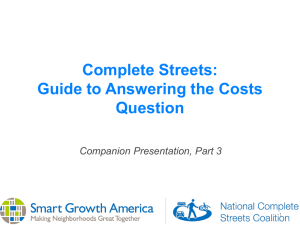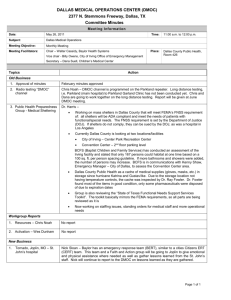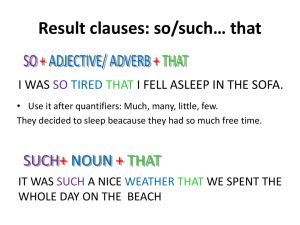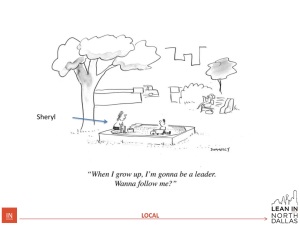Pioneer Women Poem Analysis: Ruth Dallas
advertisement
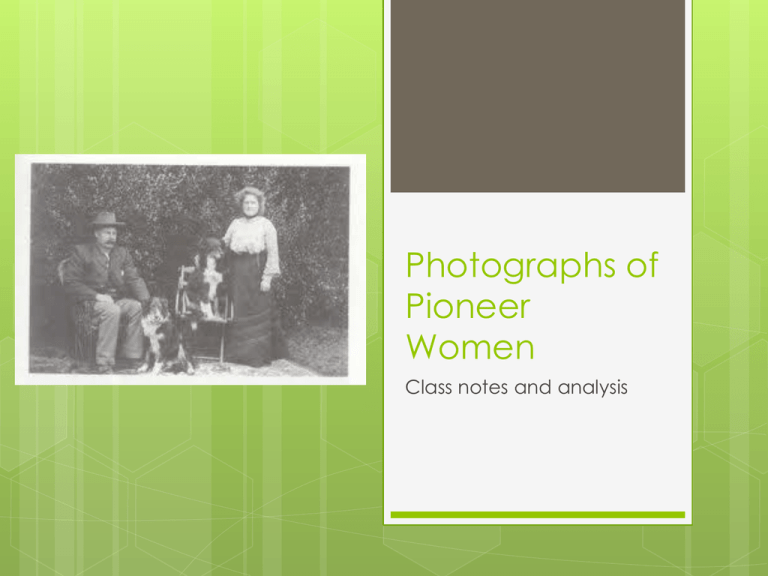
Photographs of Pioneer Women Class notes and analysis PHOTOGRAPHS OF PIONEER WOMEN Ruth Dallas You can see from their faces Life was not funny, The streets, when there were streets, Tugging at axles, The settlement ramshackle as a stack of cards. And where there were no streets, and no houses, Save their own roof of calico or thatch, The cows coming morning and afternoon From the end-of-world swamp, Udders cemented with mud. There is nothing to equal pioneering labour For wrenching a woman out of shape, Like and old willow, uprooted, thickening. See their strong arms, their shoulders broadened By the rhythmical swing of the axe, or humped Under loads they donkeyed on their backs. Some of them found time to be photographed, With bearded husband, and twelve or thirteen children, Looking shocked, but relentless, After first starching the frills of their caps. overview Dallas uses a photograph of early New Zealand pioneering women to honour our past. From such difficult beginnings a new nation, our nation, has been forged. Dallas’ tone is at the same time empathetic and celebratory. In the first stanza Dallas sets the scene. Tone is immediately established in the first 2 lines, ‘You can see from their faces Life was not funny,’ The streets ‘tugging’ at axles is truly representative of those early towns and villages in 19th century New Zealand. Her vivid portrayal of the scene continues in the first stanza and she is clever in the detail she provides. The reader is made aware of the houses, what they are built of and some of the difficulties those early women endured, while at the same time clinging desperately to some of the ‘normalities’ of being a women in a pioneering frontier. ….. Language techniques • • • • Narration: 2nd person – draws the reader into the poem immediately adjectives: vivid and explicit – we understand that the houses are not in orderly rows Simile: provides a vivid image of a street. Alliteration: faces/funny, OR streets/settlement/stack, OR cows/coming/cemented – all serve to link ideas together to provide a strong image for the reader Language techniques continued.. PHOTOGRAPHS OF PIONEER WOMEN Ruth Dallas You can see from their faces Life was not funny, The streets, when there were streets, Tugging at axles, The settlement ramshackle as a stack of cards. And where there were no streets, and no houses, Save their own roof of calico or thatch, The cows coming morning and afternoon From the end-of-world swamp, Udders cemented with mud. • • • • • There is nothing to equal pioneering labour For wrenching a woman out of shape, Like and old willow, uprooted, thickening. See their strong arms, their shoulders broadened By the rhythmical swing of the axe, or humped Under loads they donkeyed on their backs. Some of them found time to be photographed, With bearded husband, and twelve or thirteen children, Looking shocked, but relentless, After first starching the frills of their caps. • • • Scene setting: !st verse sets the scene to allow reader to ‘view’ the photo as Dallas is. 2nd half of first stanza refers to the rural areas compared to town in the first half. Hyperbole: strengthens the image of isolation and desperation being created and also add sense of isolation (from England and the frontier towns) the women must have been feeling Change of tone and pace: denotes change of focus. Dallas now begins the process of honouring the women and at the same developing understanding of what life must have been like for them Verbs: harsh, enduring and descriptive Simile: informs us of the hardships the women endured and the sacrifices they were prepared to make to forge a new life In this phrase we are given a very clear image of the pioneer women. A mature willow tree usually has a thick trunk, is twisted and has lots of knots in it. Dallas forces us, the reader, to have an image in our minds by using this imperative The last 2 phrases remind us strongly that these workers are still very female who have female desires and who have to, even with all the harsh physical work they do, still have to face the harsh physical normalities of childbirth. All men would have had beards and women mostly wore a small hat to cover their hair as was the fashion at that time.
